
 Instagram
Instagram
Best Treatment for Gonorrhoea
.png?v=1674044950983)

Related products
Gonorrhoea is a sexually transmitted disease affecting about 82.4 M people as per 2020 data. It is caused by Neisseria gonorrhoeae which affects the reproductive system of males and females equally. It may also enter the bloodstream and can rarely affect other organs. The best control method is to prevent exposure to the pathogen by practising safer sexual activities.
What is the best treatment for this disease?
Previously this disease was considered treatable and curable by using antibiotics. Over time, the pathogen developed resistance against many antibiotics leading to difficulty in treating gonorrhoea. In the past, quinolones and penicillin were suggested as the drug of choice. However, with the emergence of AMR (antimicrobial resistance), this concept changed and cephalosporins, aminoglycosides and macrolides are considered effective. But first, we must understand the disease occurrence mechanism and how these antibiotics are effective even after AMR.
What are the risk factors of Gonorrhoea?
It is a bacterial infection transmitted by the sexual route that mainly affects the reproductive tract (cervix, uterus and fallopian tube in females and urethra in males and females). It attacks the mucous membrane lining of the organs.
How can you get Gonorrhoea?
It is highly pathogenic and ranked second among the most commonly reported bacterial infections in the last few years, which is alarming. Unsafe sexual contact, homosexuality, young sexually active people (below 25) and being birthed by a gonorrhoea-affected mother are the risk factors that may lead to this infection. Sometimes it can be asymptomatic, which causes underreporting of this infection. There are high chances of a reoccurring gonorrhoea infection if the person doesn't take necessary preventive measures, and the situation will be more challenging to control.
Read more: Can you get gonorrhoea from kissing?
Clinical signs and symptoms of Gonorrhoea
Gonorrhoea is mostly asymptomatic in men. However, sometimes after 14 days post-exposure to N. gonorrhoea, signs like unusual urethral discharge, difficulty in urination and inflammation of epididymis occur. This may also be accompanied by pain. In women, symptoms of a mild infection occur and similarly, vaginal discharge and dysuria are identified. Sometimes bleeding is also evident.
Inflammatory conditions lead to severe itching and pain, which make the person uncomfortable all the time. When the infection moves to the larynx (by oropharynx route) or enters the bloodstream, it may lead to sore throat (pain and irritation in the throat), arthritis (swelling of joints), dermatitis (skin irritation) and tenosynovitis (inflammation of cord that joins bone to muscle). It also makes ways for the transmission of HIV.
Read more: What are the most common STIs?
Complications of Gonorrhoea
Gonorrhoea can also spread to the bloodstream. In women, it can cause pelvic inflammatory disease, which causes frequent pain in the abdomen and internal abscesses. In males, it can lead to infertility and sterility due to an epididymis inflammation if not cured promptly. In pregnant women, if the infection is transmitted to the baby, it can cause blindness, joint infection and blood infection. Therefore, checking properly if the condition is diagnosed earlier is important.
Order a gonorrhoea at-home blood test from Welzo today. Click here to view.
Causes of antibiotic resistance in Gonorrhoea
Our health organisations' trouble is antimicrobial resistance, making it difficult to treat even uncomplicated infections. N. gonorrhoeae is now a multidrug-resistant pathogen. Since the 1930s, several antibiotics have been used to treat the infection, but the pathogen developed resistance against them. Treatment started with sulfonamides, penicillin, tetracycline, aminocyclitol (spectinomycin) and moved to fluoroquinolones. These medications all stopped working effectively against this pathogen due to resistance caused by its plasmids and mutations at the target site of these antimicrobials. Then azithromycin and cephalosporins were used during the 1980s and 90s. But gradually, the pathogen also developed resistance against them.
What is the best treatment for Gonorrhoea?
The best treatment for Gonorrhoea to date is to use a combination of bactericidal drugs that work synergistically and enhance the effect of each other. That's why dual therapy can be used, like azithromycin and ceftriaxone used, in combination. However, due to the high mutation capacity of the pathogen, this may not be effective in some cases.
The last resort may be individualised treatment based on the case's antimicrobial susceptibility. There is a need for a lot of work in this field because the failure of treatments and increasing antimicrobial resistance lead to more cases of this infection. Vaccine failure is also due to the same reason. The pathogen is highly mutating, resulting in its vaccine's ineffectiveness.
In most cases, dual therapy consisting of azithromycin, ceftriaxone, or cefixime effectively controls and treats the infection. Still, in some cases, its failure gives us clues that we must keep searching for its effective treatment.
How can Gonorrhoea be prevented?
The most important way to stop this infection from occurring and spreading is by maintaining a healthy lifestyle. Avoiding unprotected sexual activities, adopting a good lifestyle and working for education and awareness campaigns will contribute a lot to control of this infection.
If one person is infected, they should be encouraged to seek medical help for treatment as soon as possible. During treatment of this infection, avoid contact with your partner. Pregnant women should be the most cautious. If they have been diagnosed, they should treat this infection before giving birth; otherwise, it can also transmit to the baby. Cefixime and ceftriaxone are most suitable to treat this infection during pregnancy.
Read more: What are the different kinds of STI testing?
What are the new interventions for the treatment of Gonorrhoea?
WHO is working on several new antimicrobials that work against N. gonorrhoea as it has gained much importance for health organisations due to its multi-drug resistance ability. Investigation trials on gentamicin, fusidic acid, gemifloxacin, doxycycline, rifampicin and tigecycline etc., are being done.
Up until now, gentamicin has shown promising results and can be considered as a single therapy, which is a good advancement. Other than that, international health organisations have issued several guidelines for preventing it by adopting healthy habits and managing lifestyles so that it’s easy to control the number of cases that are increasing day by day in younger people (of age 15 to 24 mainly).








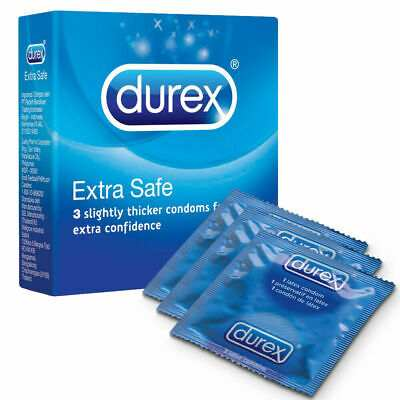

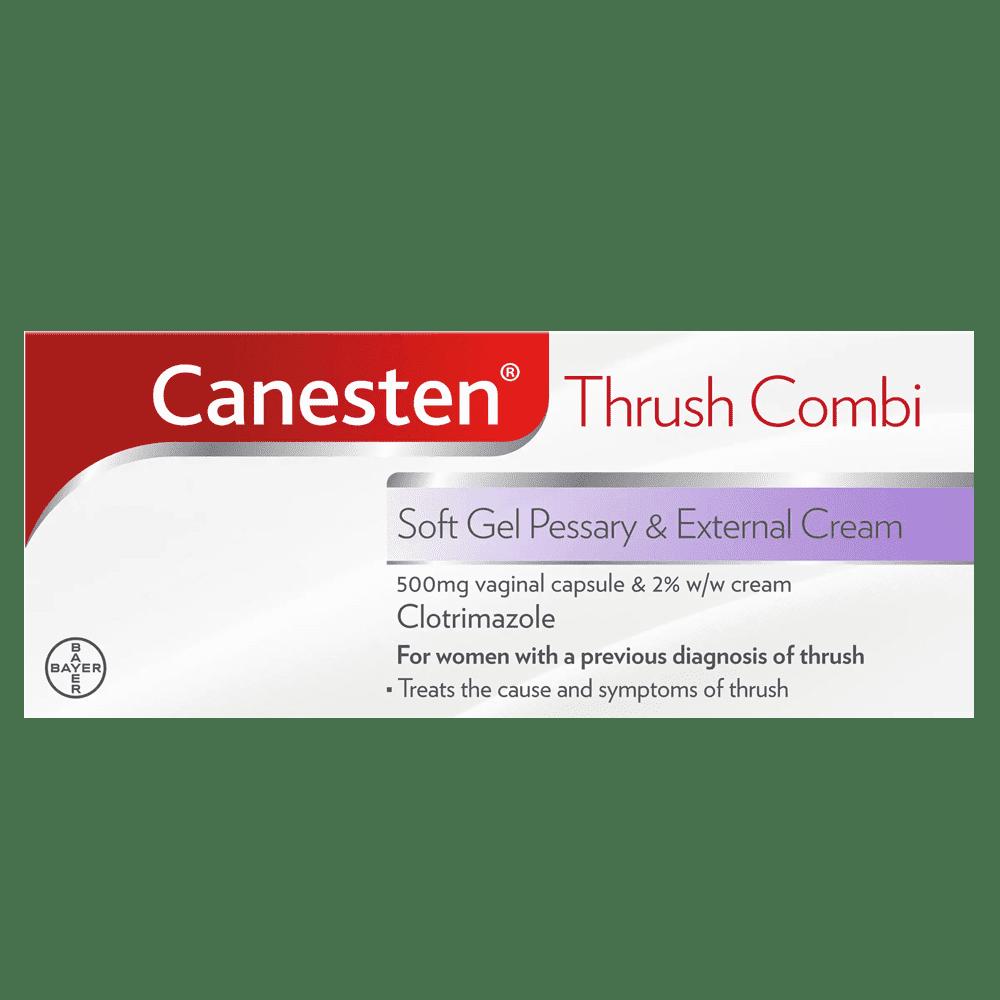







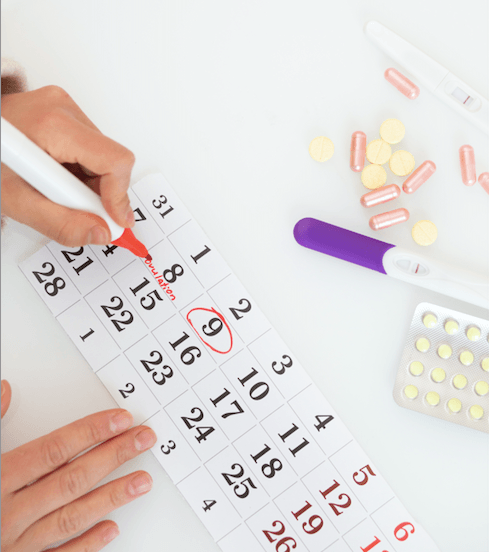
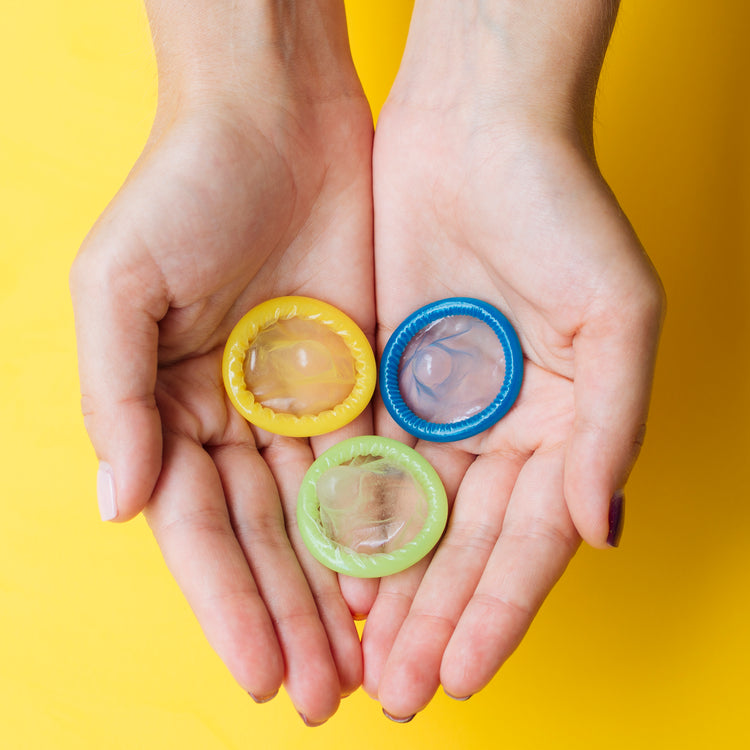



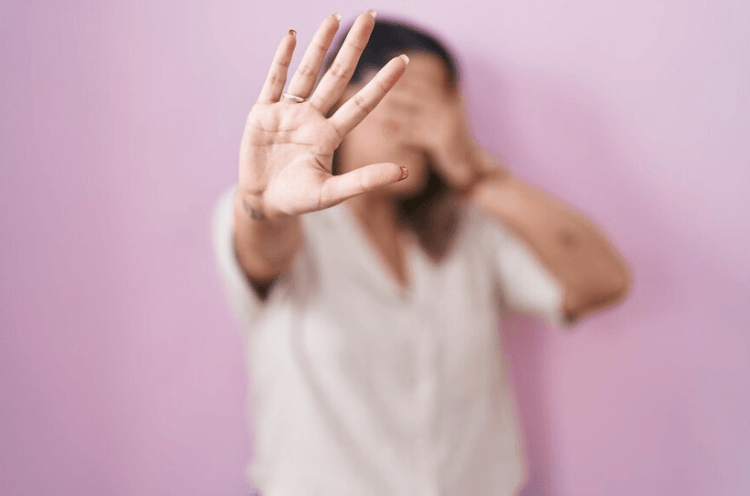
 Rated Excellent by 14,617+ Reviews
Rated Excellent by 14,617+ Reviews